10 Signs You’re Not 'Low-Carb' — You’re Just Constantly Thirsty
The low-carb diet has gained immense popularity as a go-to solution for weight loss and improved health. Promising rapid results and a healthier lifestyle, this diet encourages the reduction of carbohydrates in favor of proteins and fats. However, amidst the enthusiasm, many dieters find themselves facing unexpected side effects, such as constant thirst. This article delves into the intriguing intersection of low-carb dieting and hydration issues. By exploring ten signs that your persistent thirst might be more than just a dietary side effect, we aim to uncover the complex relationship between carbohydrate intake, hydration, and overall wellness.
Carbohydrates and Hydration: The Science Behind It
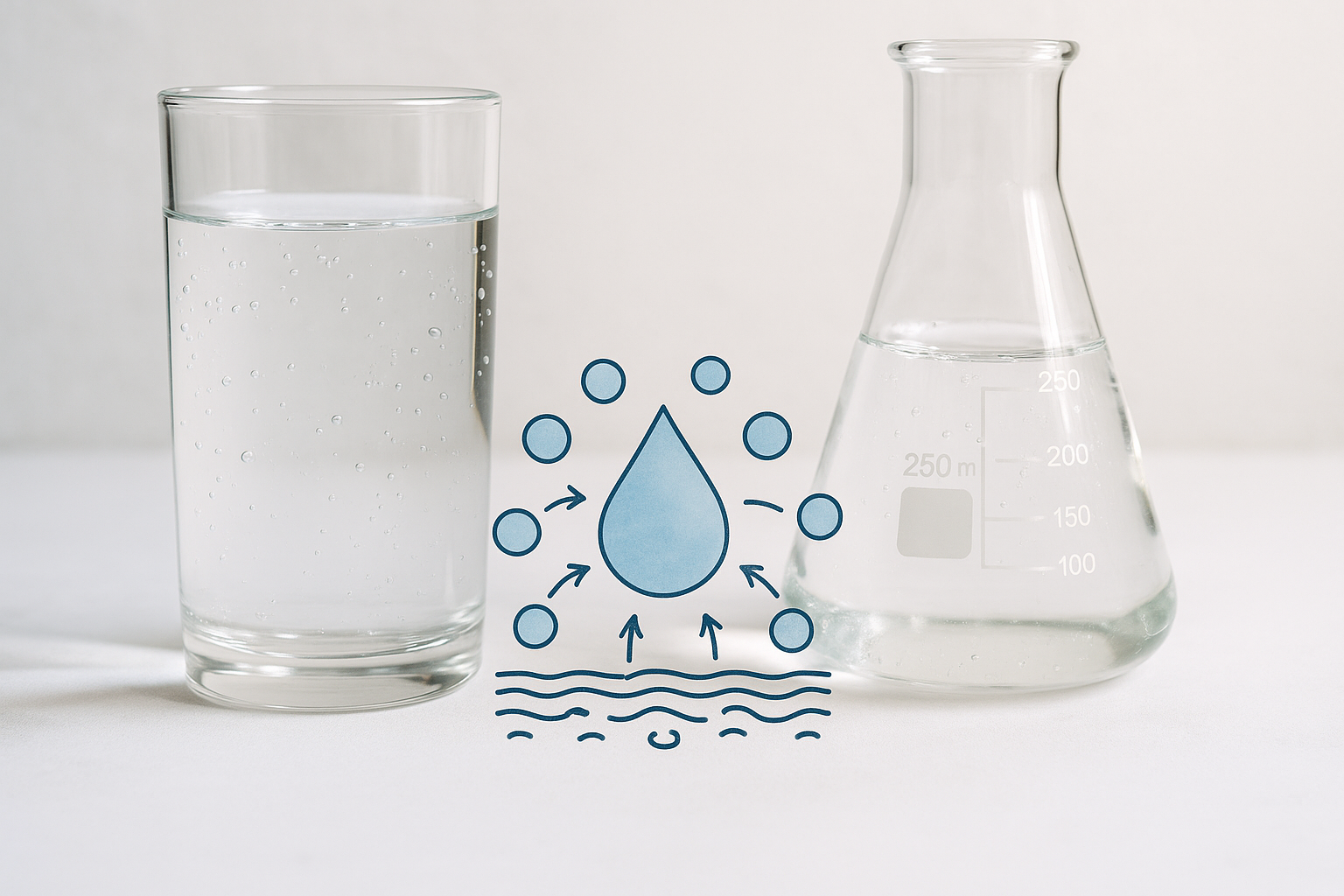
Carbohydrates play a crucial role in maintaining the body's water balance. When you consume carbs, your body stores them in the form of glycogen, which binds with water in your muscles and liver. For every gram of glycogen stored, approximately three grams of water are retained. Therefore, reducing your carbohydrate intake can lead to a decrease in glycogen stores, subsequently reducing the water your body retains. This biochemical reaction is often the root cause of increased thirst among those following a low-carb diet. Understanding this mechanism is essential for anyone considering or currently on such a dietary regimen.
The Misinterpretation of Thirst as Hunger
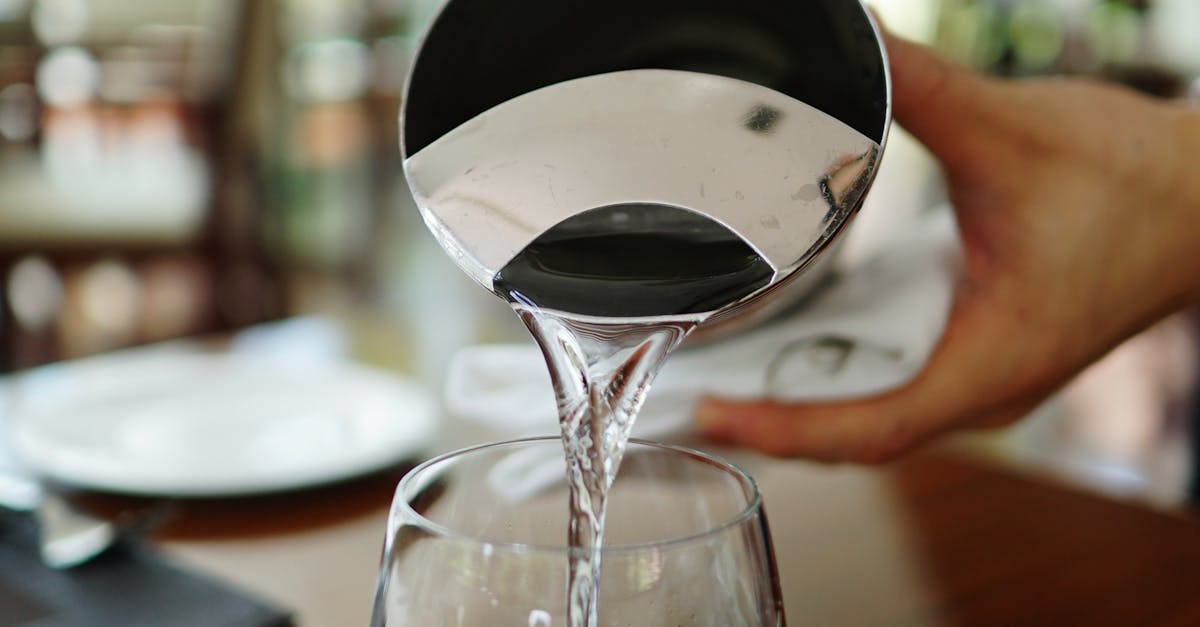
One of the common pitfalls in low-carb dieting is mistaking thirst for hunger. When the body is in a state of dehydration, it can send signals that are easily confused with hunger pangs. This misinterpretation can lead to overeating or unnecessary snacking, which might counteract the intended effects of the diet. Recognizing the difference between hunger and thirst is vital for maintaining the balance necessary in a low-carb lifestyle. Paying attention to these signals and responding appropriately by hydrating rather than eating can help manage weight more effectively while adhering to dietary goals.
Electrolyte Imbalance: A Hidden Culprit

Low-carb diets can lead to an imbalance of electrolytes, which are critical for maintaining hydration and proper cellular function. Carbohydrates help in the absorption of sodium, potassium, and other electrolytes. When you cut down on carbs, you may inadvertently reduce your intake of these essential minerals, leading to symptoms such as dizziness, fatigue, and excessive thirst. Supplementing your diet with electrolyte-rich foods or drinks can help mitigate these effects. Understanding the role of electrolytes in your diet is crucial for anyone experiencing persistent thirst on a low-carb diet.
Ketosis and Its Impact on Thirst
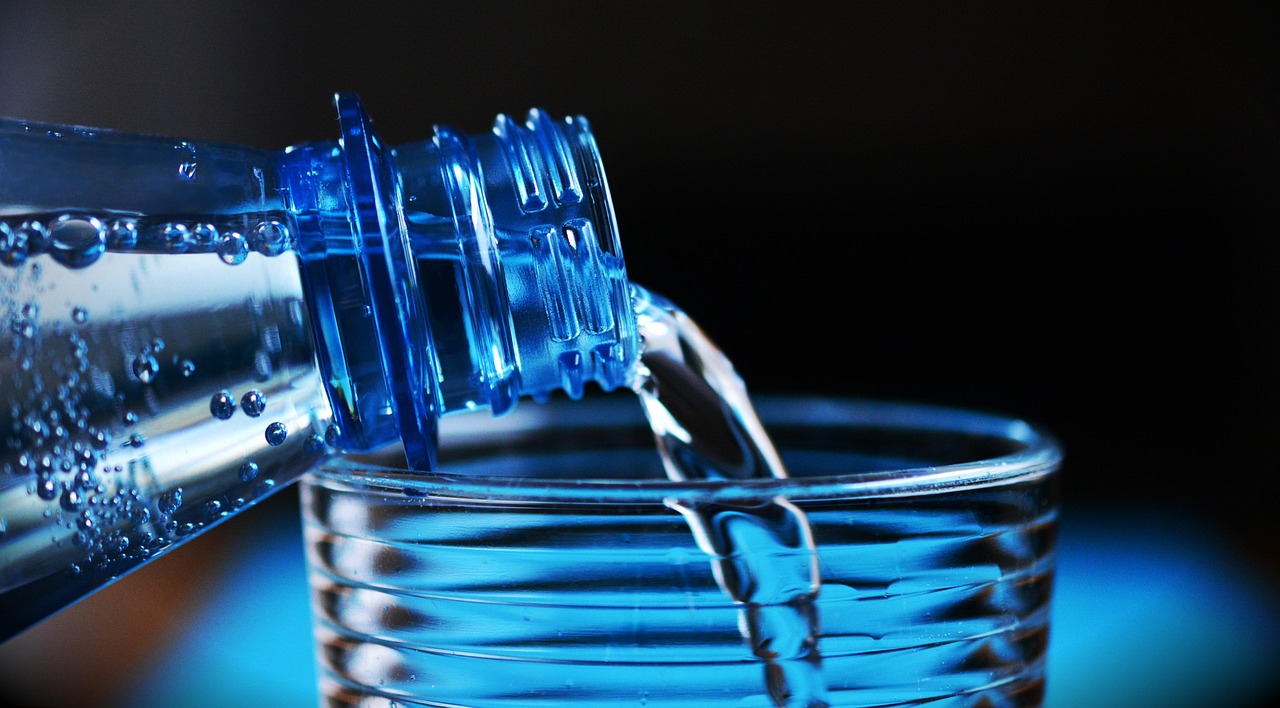
When the body enters ketosis, a metabolic state induced by a low-carb diet, it begins to burn fat for energy instead of carbohydrates. This process generates ketones, which are excreted through urine, leading to increased fluid loss. Consequently, individuals in ketosis often experience heightened thirst as the body attempts to replenish lost fluids. Monitoring your hydration levels and adjusting your water intake accordingly is essential to avoid dehydration while in ketosis. Recognizing the signs of ketosis-related thirst can help maintain balance and ensure the effectiveness of the diet.
The Role of Fiber in Hydration
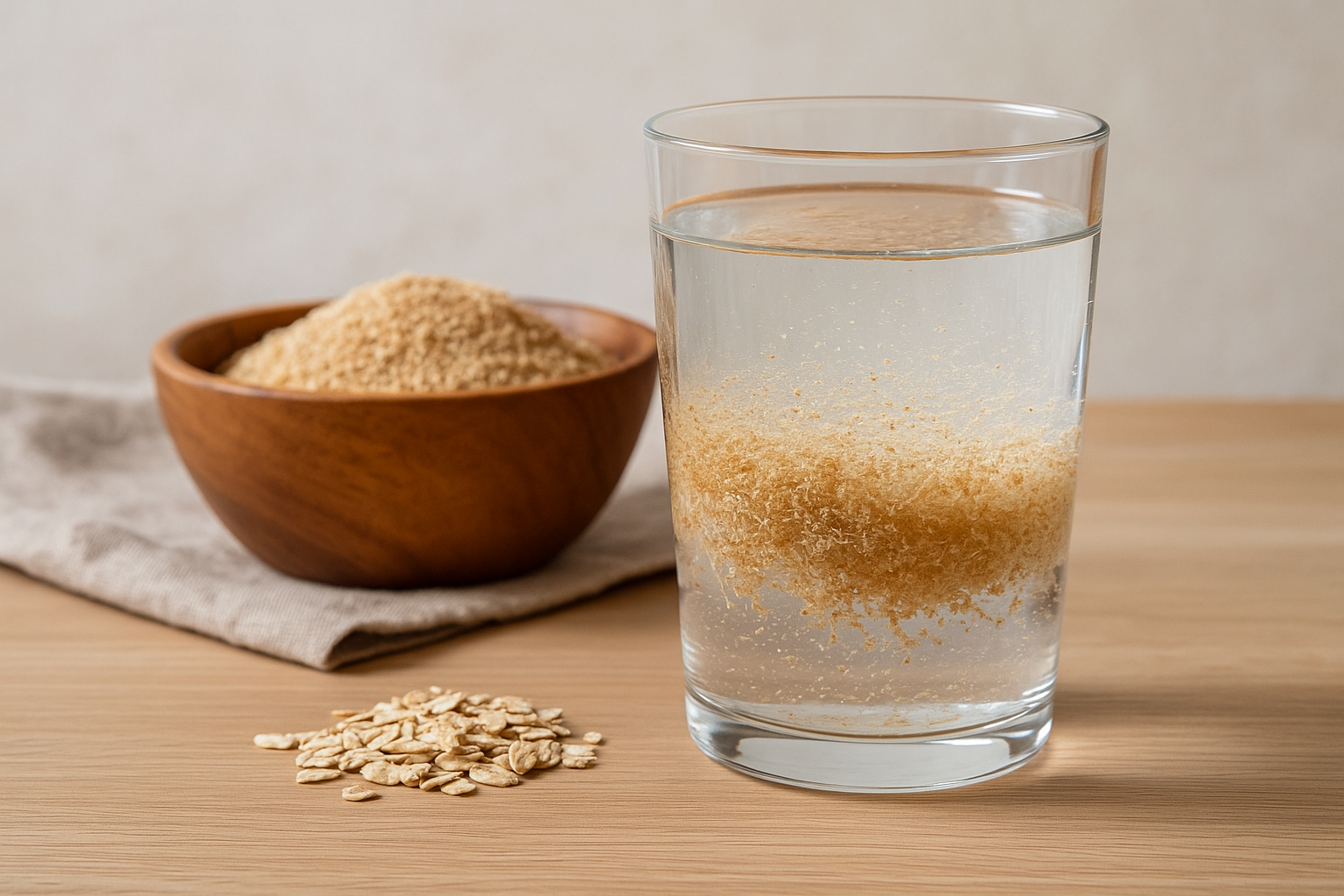
Fiber, often reduced in low-carb diets, plays a significant role in maintaining hydration. Soluble fiber absorbs water, helping to keep the digestive system running smoothly and preventing dehydration-related issues. A lack of fiber can lead to constipation and a feeling of dryness, which might be misinterpreted as thirst. Incorporating low-carb, high-fiber foods like avocados, nuts, and seeds can help maintain hydration levels. Understanding the importance of fiber in your diet is crucial for preventing dehydration and ensuring a successful low-carb experience.
Dehydration Symptoms: Beyond Just Thirst

Persistent thirst is just one of the many symptoms of dehydration that can occur on a low-carb diet. Other signs include dry mouth, fatigue, dizziness, and dark-colored urine. These symptoms can impact overall health and well-being if not addressed promptly. Recognizing these signs early and taking proactive steps to increase fluid intake can prevent more severe dehydration-related complications. Awareness of the broader spectrum of dehydration symptoms is essential for anyone on a low-carb diet to maintain optimal health and performance.
The Psychological Aspect of Thirst
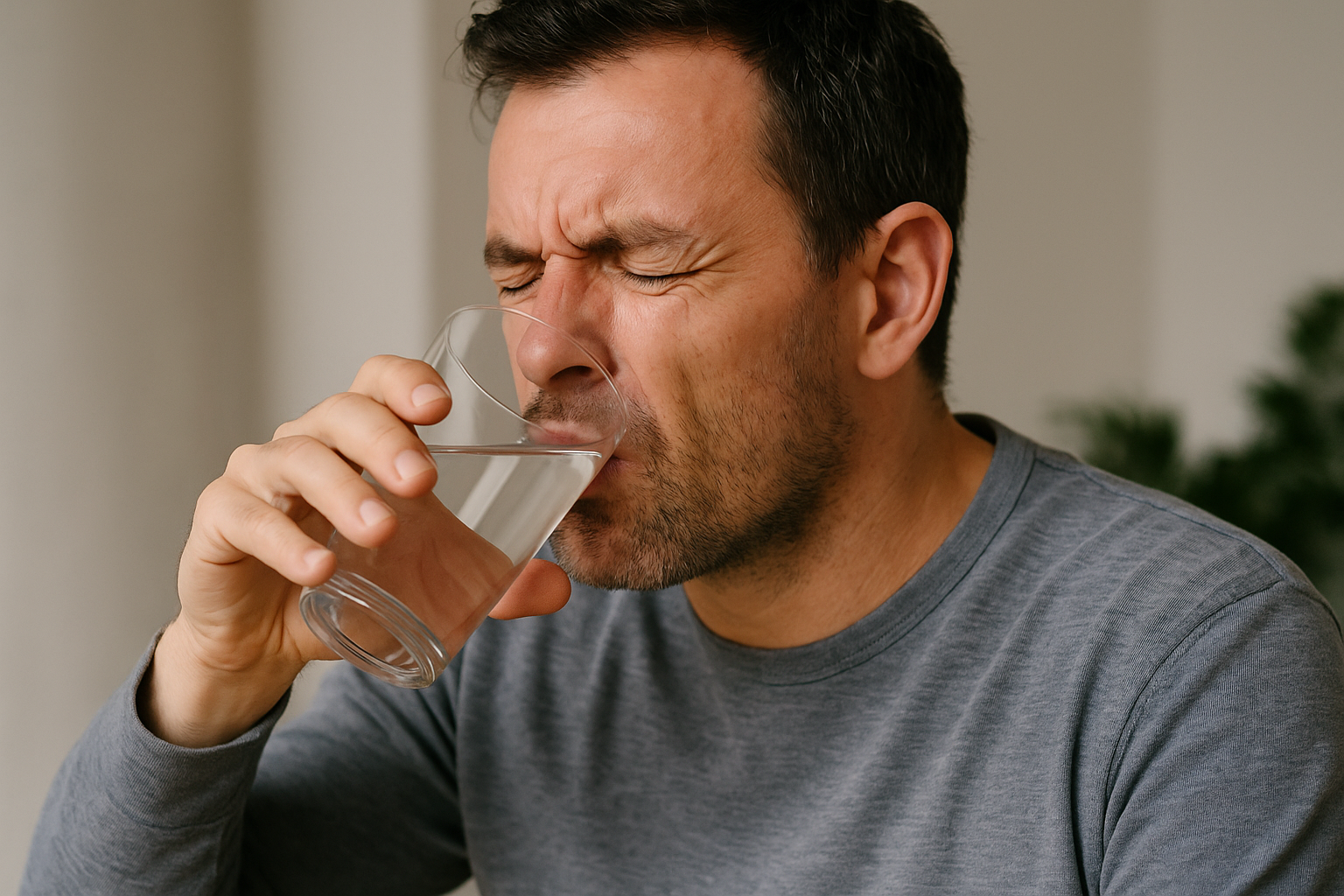
The psychological aspect of thirst should not be underestimated. The belief that one is following a restrictive diet can sometimes lead to an increased focus on physical sensations like thirst. This heightened awareness can amplify the perception of thirst, making it seem more intense than it actually is. Understanding the psychological components of dieting and how they can affect your perception of thirst is vital. Strategies such as mindful eating and drinking can help mitigate these effects, ensuring a more balanced and less stressful dietary experience.
The Importance of Hydration Timing

Timing your hydration is as important as the amount you consume. Drinking water before meals can help distinguish between hunger and thirst, aiding in better portion control. Additionally, staying hydrated throughout the day, rather than consuming large amounts in one sitting, helps maintain consistent hydration levels. This approach can prevent the sudden onset of thirst and the associated discomfort. Understanding the importance of hydration timing can enhance the effectiveness of a low-carb diet and contribute to overall well-being.
The Impact of Exercise on Hydration Needs

Exercise, often paired with dieting, increases the body's demand for water. Physical activity leads to fluid loss through sweat, which can exacerbate thirst, especially on a low-carb diet. Understanding the additional hydration needs that come with exercise is crucial for those looking to maintain energy levels and performance. Ensuring adequate fluid intake before, during, and after workouts can help counteract exercise-induced dehydration. Recognizing the interplay between exercise and hydration is essential for anyone combining fitness with a low-carb lifestyle.
Practical Tips for Staying Hydrated

Staying hydrated on a low-carb diet requires conscious effort and planning. Practical tips include carrying a water bottle at all times, setting reminders to drink water, and incorporating hydrating foods such as cucumbers and watermelon into your diet. Additionally, herbal teas and broths can provide variety and additional electrolytes. Implementing these strategies can help maintain hydration levels and prevent the discomfort of constant thirst. Practical knowledge and planning are key to successfully managing hydration while adhering to a low-carb diet.
Balancing Low-Carb and Hydration

While low-carb diets offer numerous benefits, they also present unique challenges, particularly concerning hydration. Understanding the relationship between carbohydrate intake and water balance is crucial for anyone pursuing this dietary path. By recognizing the signs of dehydration, interpreting body signals correctly, and implementing effective hydration strategies, individuals can enjoy the benefits of a low-carb diet without the discomfort of constant thirst. Balancing these elements is key to achieving both dietary success and overall health.